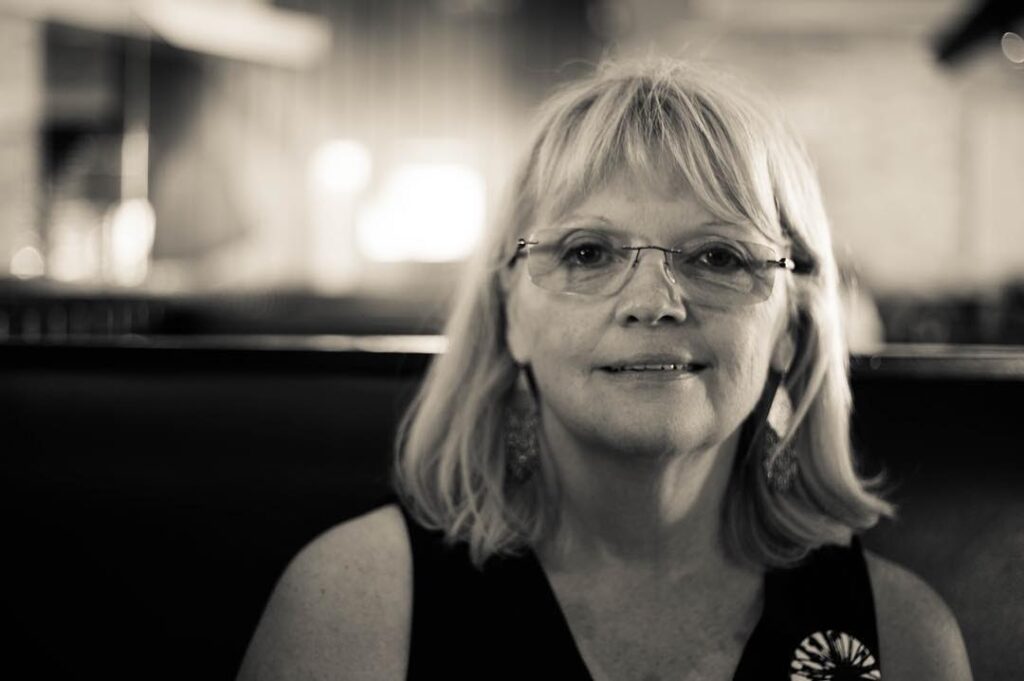
It was 1954 and Elvis had just started his career, Swanson TV dinners were introduced, and gas was twenty-two cents a gallon. I was born in Newellton, Louisiana on a cold February day that year, the eldest child of Charles Seth Willhite and Mary Matthews Willhite. They were young, him barely 20 and her only 16, and I arrived on their anniversary, exactly one year after they had eloped to marry. They took me home to their crude camp house at Magill Bend up the Tensas River, and then later to a simple two room wooden house built at Flowers Landing on the 40 acres of land given to them by my grandpa. They later expanded the house by attaching a small mobile home to the back of it that served as a kitchen, bathroom, and bedroom for my parents. We lived there until I was thirteen and my dad built us a four bedroom brick house that still stands there today.
My early years were a little like the lyrics for “Coal Miner’s Daughter”, by Loretta Lynn, we were poor, but we had love. By 1962, I had a brother and two sisters and lived within walking distance of my grandparents, aunts, uncles and cousins. It was a wonderful, safe place to be a kid, and it protected me from the rages of the outside world at that time.
It was home and hard to give up. I remember going back almost every weekend when I was in college at Louisiana Tech in Ruston, then getting married in the church across the road from my house, when it was really time to leave. Since then I have had many homes with my husband and my girls as he coached, and I taught in various schools in Louisiana and Texas over the years. Some of them have held an emotional attachment for me, but none have evoked the deep feeling of belonging that my heart holds for Flowers Landing.
I now live in East Texas on a small tree farm with my husband, within driving distance of our daughters and their families. I am working from home, as a teacher in a Texas public virtual school, and blogging about farming and what it was like to be a Willhite.
I am not a professional historian, nor do I profess to be one. For this book, I have taken in person interviews from the oldest members of my family, local historians and friends of the family, and historical data gleaned from local newspapers and other sources to “connect the dots” of my family’s lives.
Recent Comments